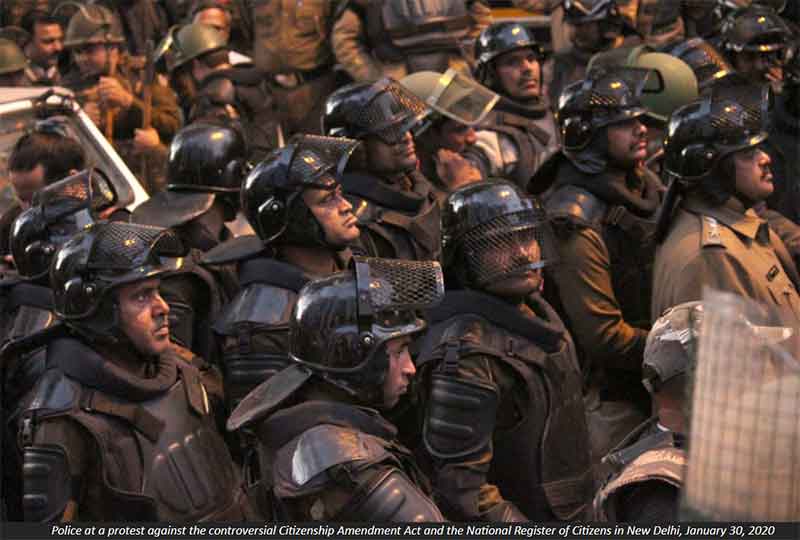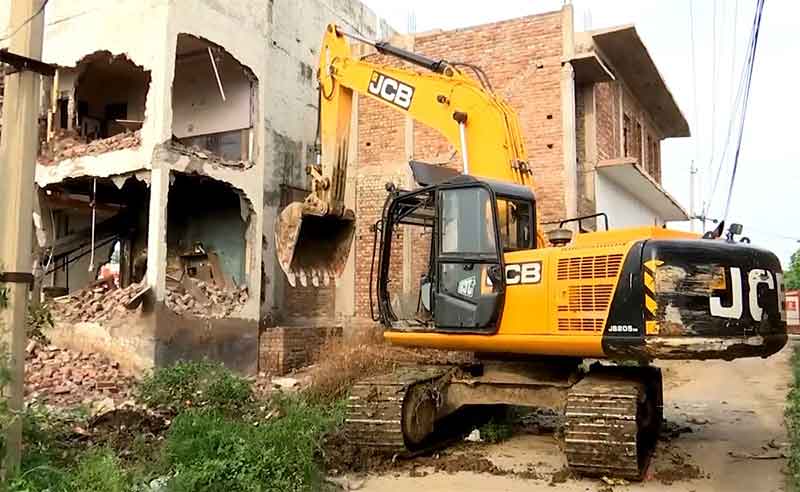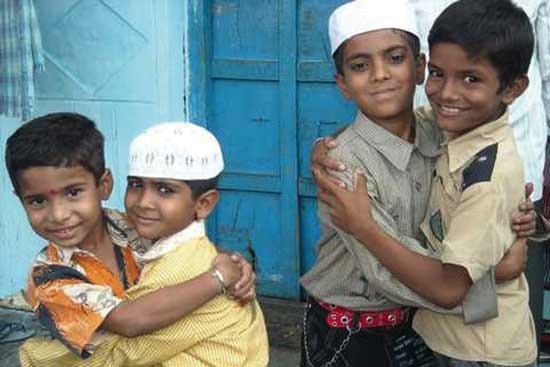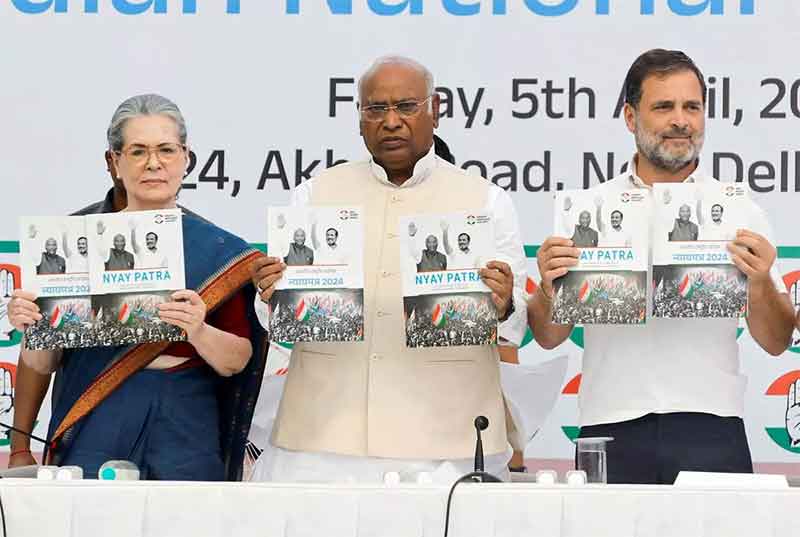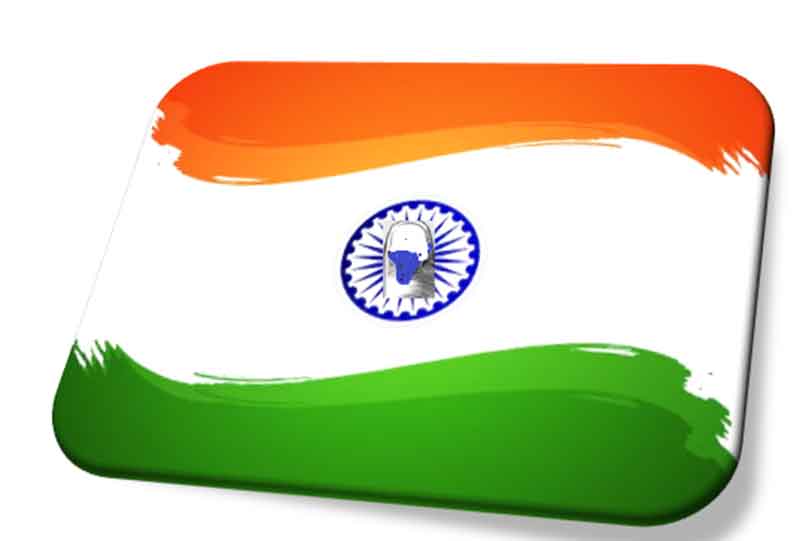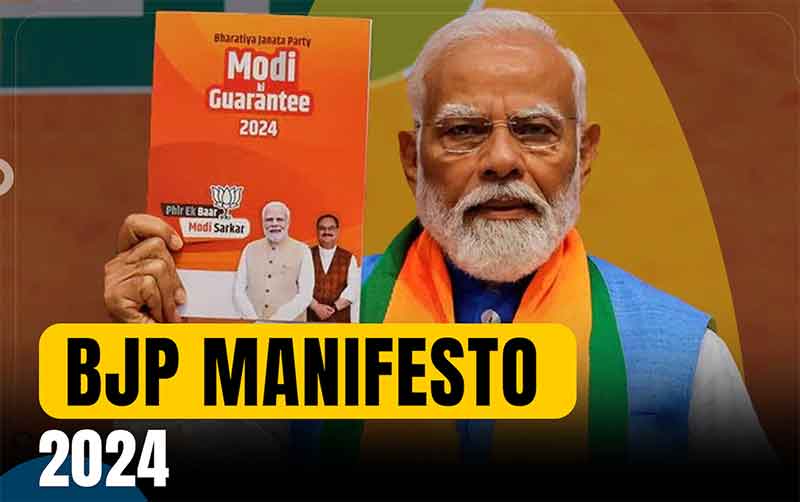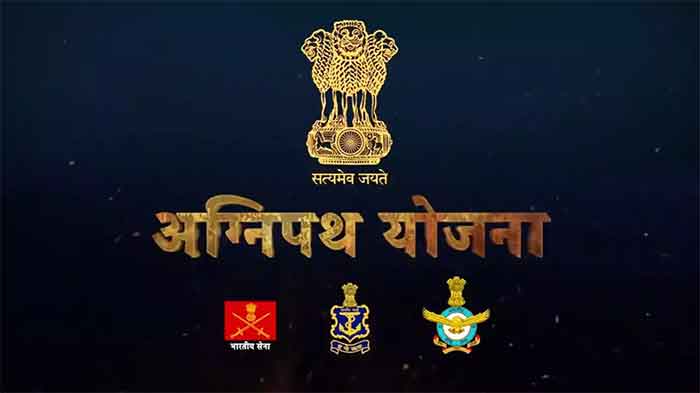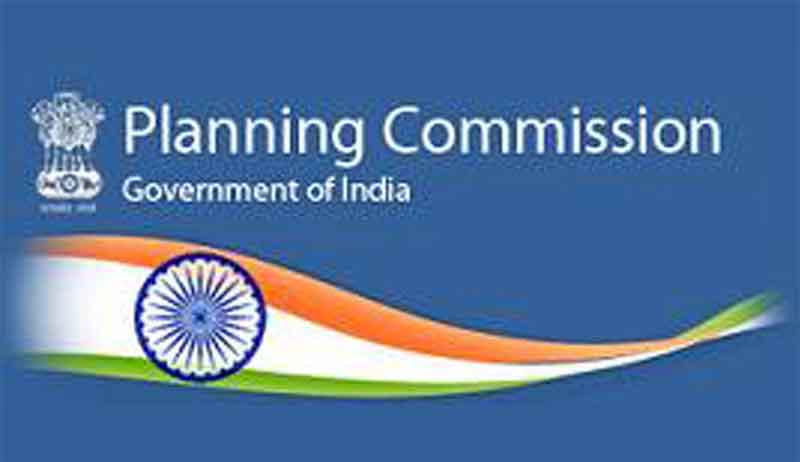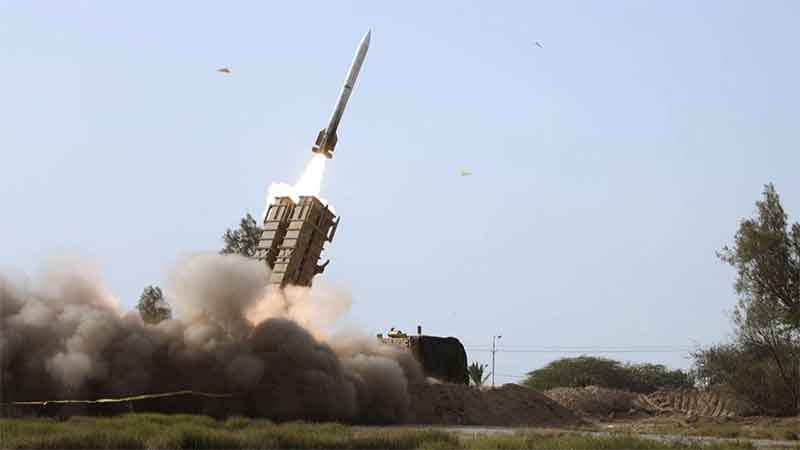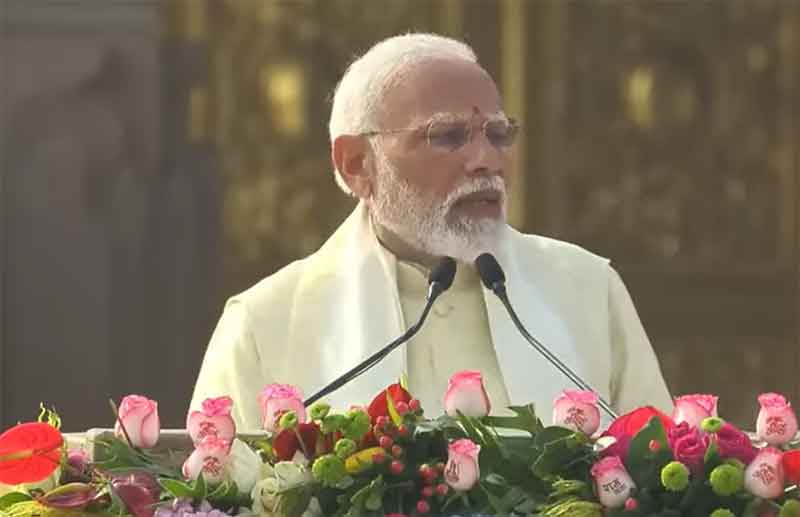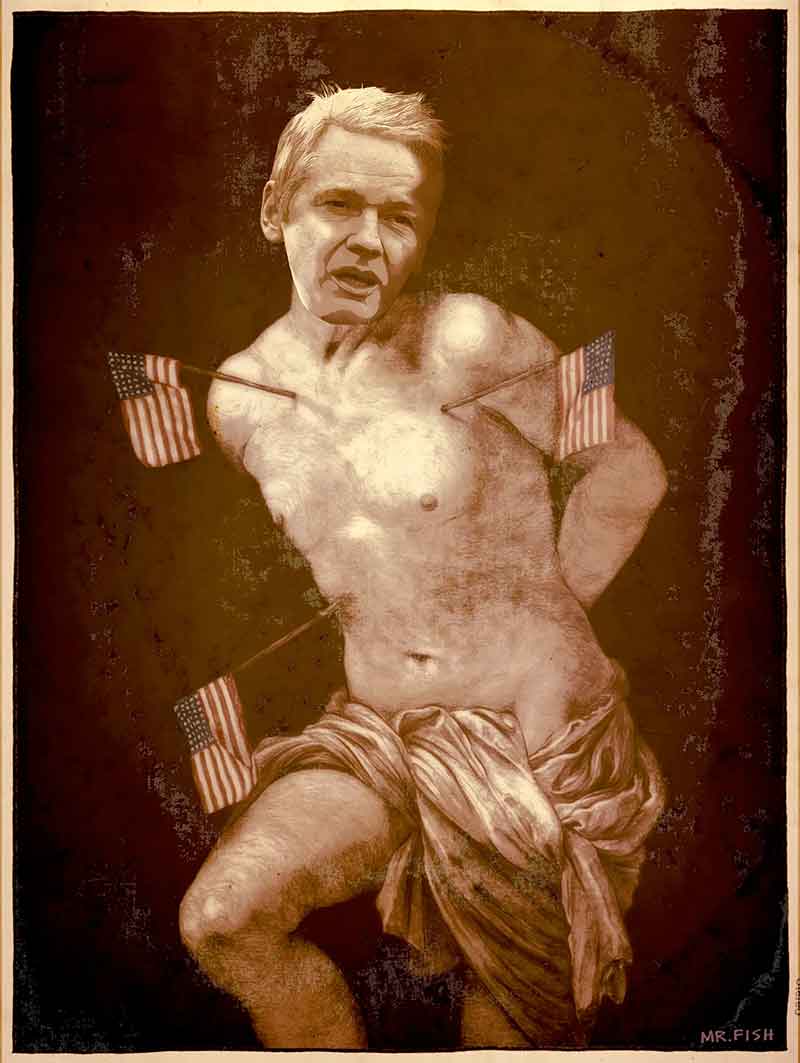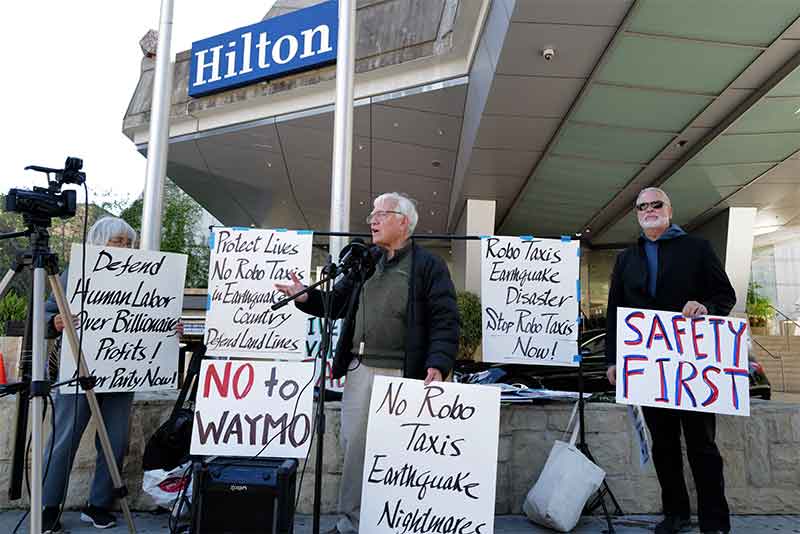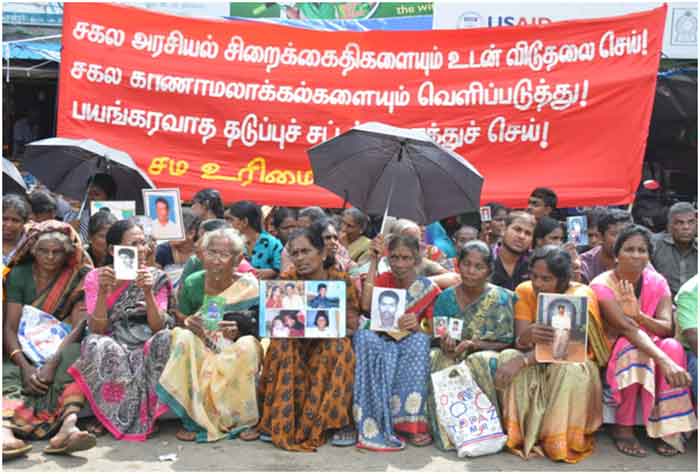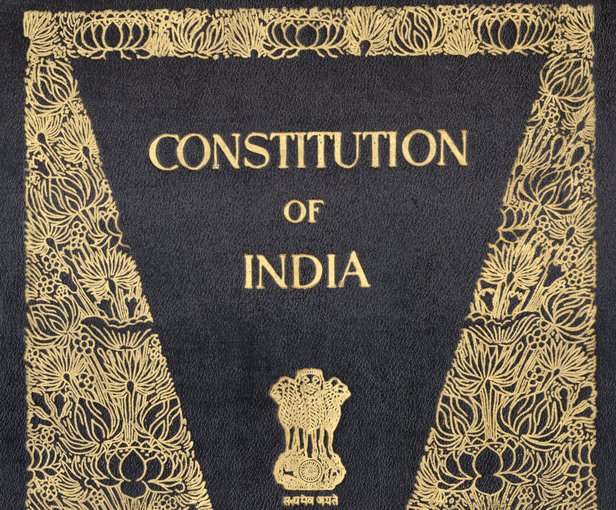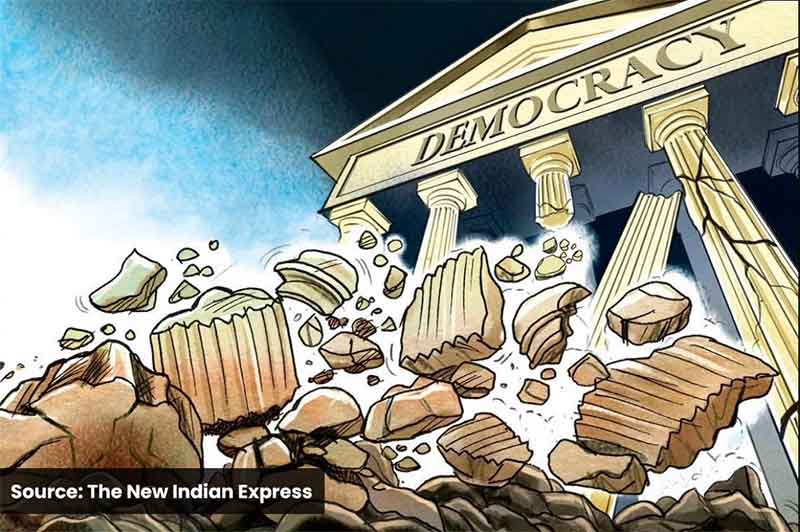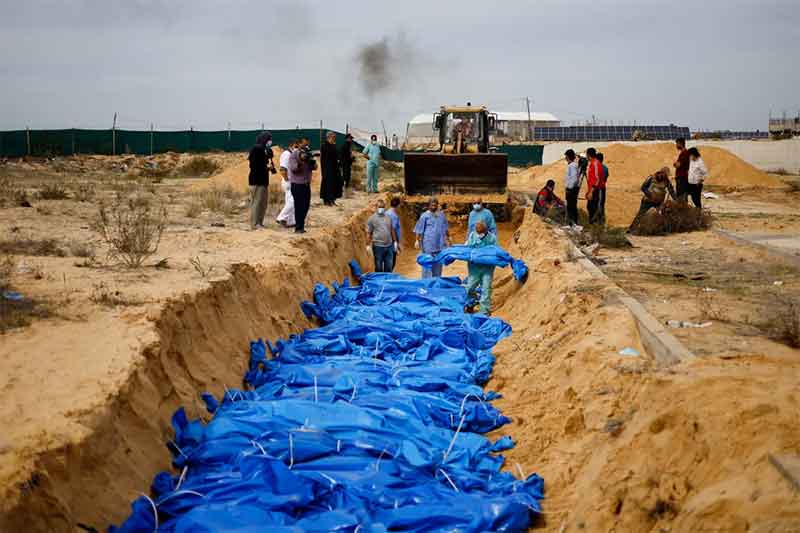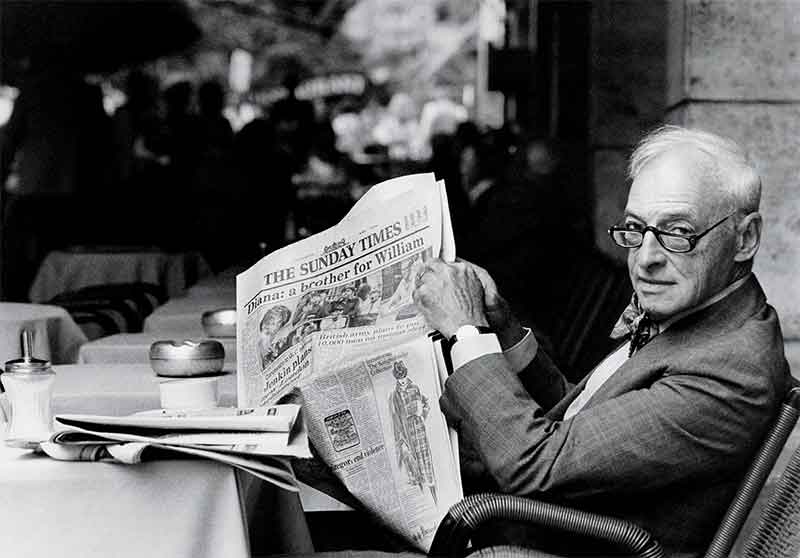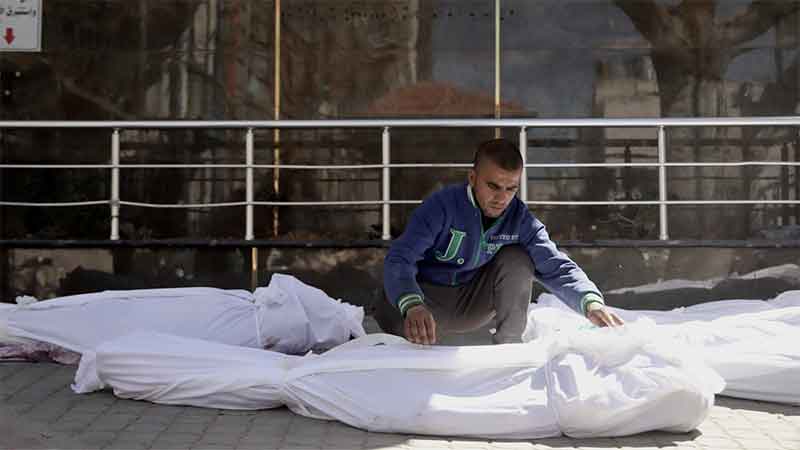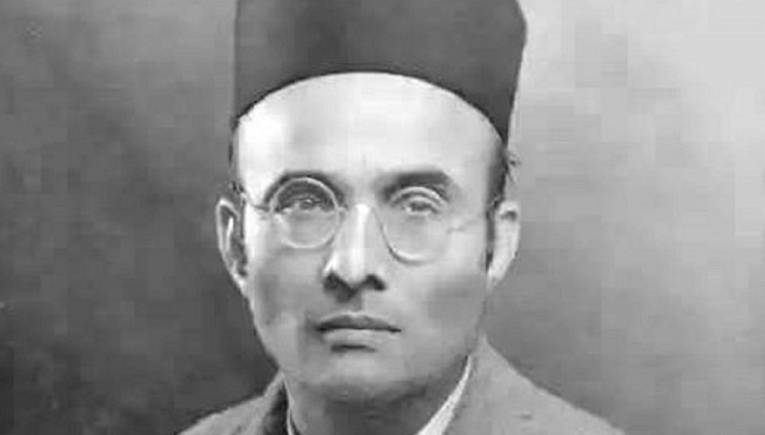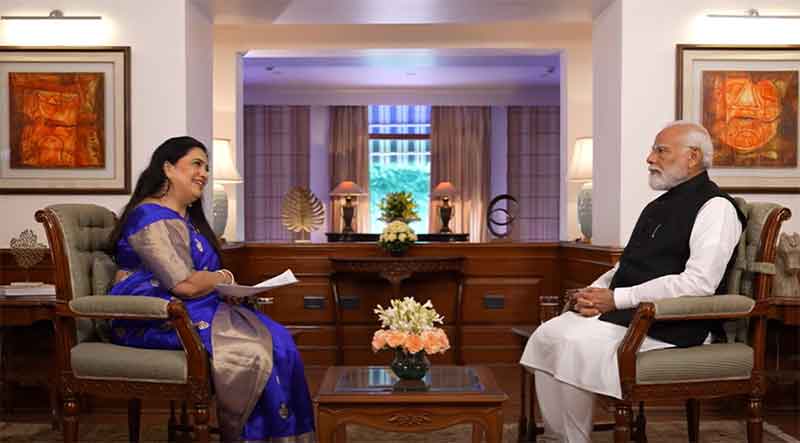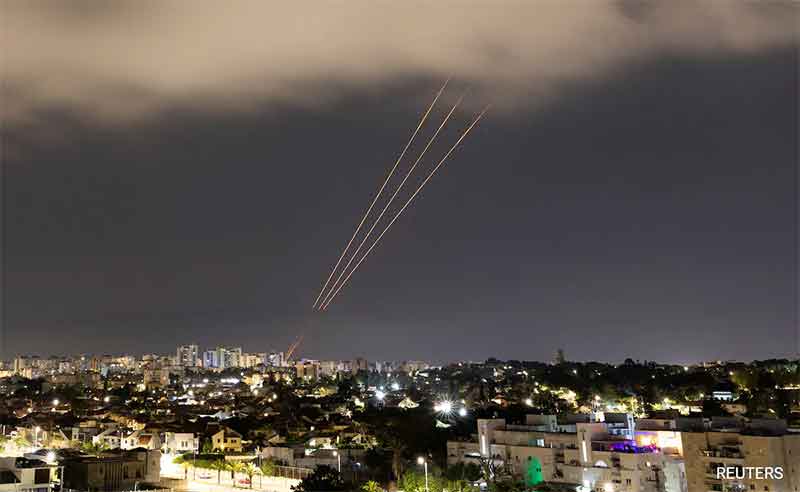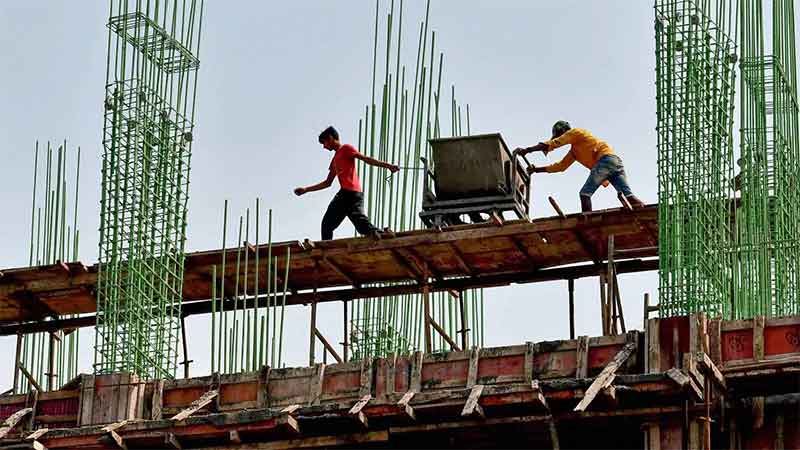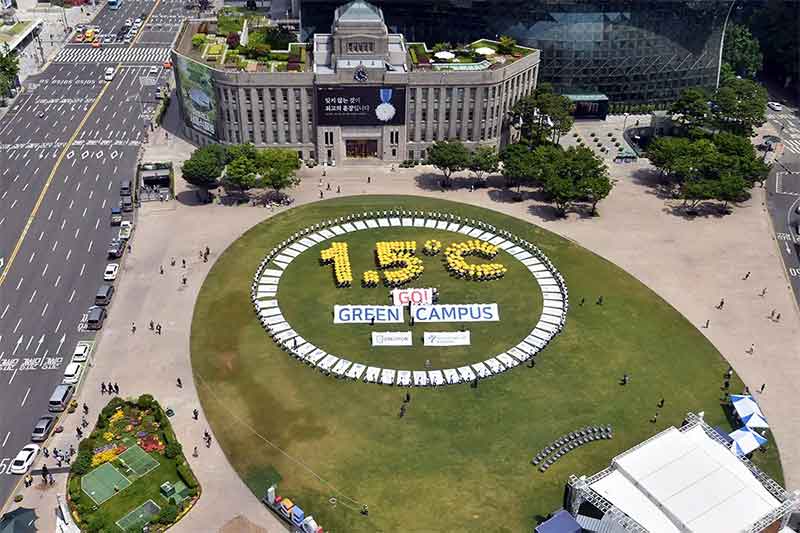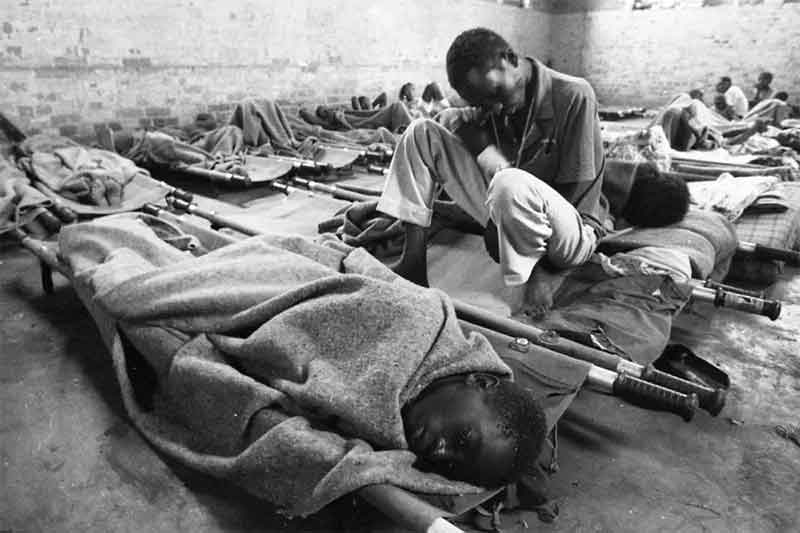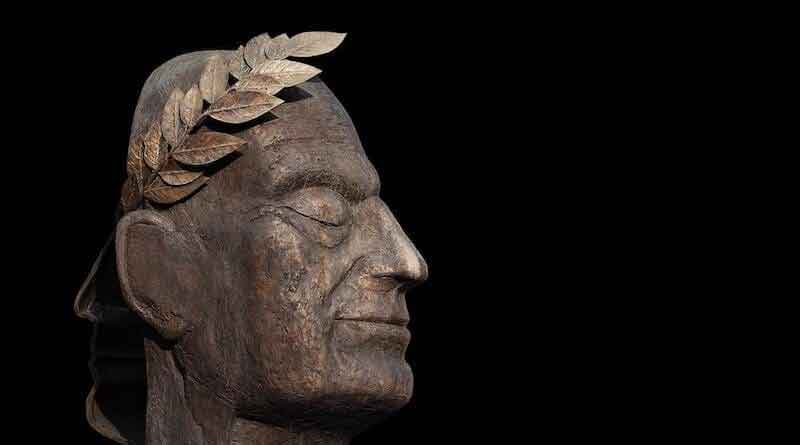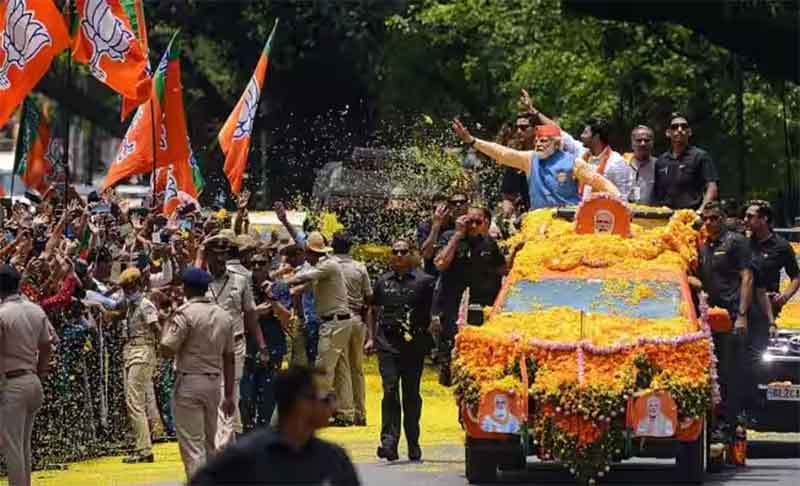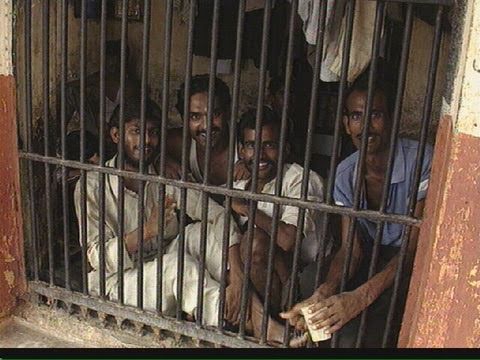
I won’t be wrong if I comment that our Indian Jails have been a haven or a temporary home to many of the guilty, under trials and also to those, against whom the system has failed to prove the charges thereby spending their years of sorrow within the confines of darkness and doom.
When prison population goes beyond its authorized capacity of accommodation, it is known as Overcrowding. This overcrowding in the prisons is an important human rights issue as it forms the cause for the deterioration of the general living conditions of the prisoners. Thus, it further creates hindrances in the reformation process of the inmates. In such a scenario, the prison officers fail to implement correctional measures in the jail, which the inmates are otherwise ought to be reformed so as to enable them to live a dignified life in the society.
Most of the jails were built in the nineteenth century or at the turn of this century. They are in a state of disrepair and are overcrowded. The Shah Commission reports that on the eve of the Emergency, in as many as 15 of the 27 States and Union Territories, the actual population of the prisoners far exceeded the authorized accommodation. In Assam there were 7909 prisoners in accommodation meant for 4,930; Bihar- 38,407 as against 21,140; Madhya Pradesh-16,66 as against 12,388; Orissa-l0,222 as against 6,668; Mahaarashtra-19,786 as against 14,801; West Bengal-25,999 as against 20,237; Delhi 2,699 as against 1,273. And with the imposition of Emergency thousands more were added.
Whereas the total capacity of the jails in the country is 3,66,781, the total number of jail inmates as on 31-12-2015 are 4,19,623. The Occupancy rate of our Indian Jails as in 2015 was 114.4% which clearly implies the apathy of our Jails. Out of this which 67.2% of the total inmates are under-trials. So isn’t this in a way, a mockery of the Fundamental Rights bestowed to the accused by our Constitution. With the over-burdening and high pendency of cases every day, the judiciary is falling short not only of infrastructure but also of work-force to support it. As such, it is directly impacting the condition of the inmates in a bad way.
According to the National Crime Records Bureau (NCRB), D&N Haveli reported the highest overcrowding in prisons (276.7%) followed by Chhattisgarh (233.9%) and Delhi (226.9%).Also a total of 3,599 under-trials were detained in jails for more than 5 years at the end of the year 2015. Uttar Pradesh had the highest number of such under-trials (1,364) followed by West Bengal (294). Such statistics are enough to get oneself an idea of the startling condition of the jails in India.
Acquitted in Babri anniversary train blasts case, Nisar was among 3 who walked free in May 2016. He said, “I have clocked 8,150 days of the prime of my life inside the jail. For me, lie is over. What you are seeing is a living corpse”. “I was yet to be 20 years old when they threw me in jail. I am 43 today. My younger sister was 12 when I saw her last. Her daughter is 12 now. My niece was a year old. She is already married. My cousin was two years younger than me, she is now a grandmother. A generation has completely skipped from my life.” These words uttered by Nisar are a complete reflection of our criminal justice system which compels us to think of the system we live in.
In my conclusion, I would say that it is not the incapacity of the jails, but rather the inability of the state machinery which is lacking in its willpower to reform the present state of our jails, which sometimes has also been a home to the stalwarts viz. Politicians, actors and entrepreneurs amidst others, however to them with certain exceptions*.
Shrikrishna S. Kachave is a socio-political commentator and an Editor with Legal Bloc Journal. You may reach him via [email protected]

